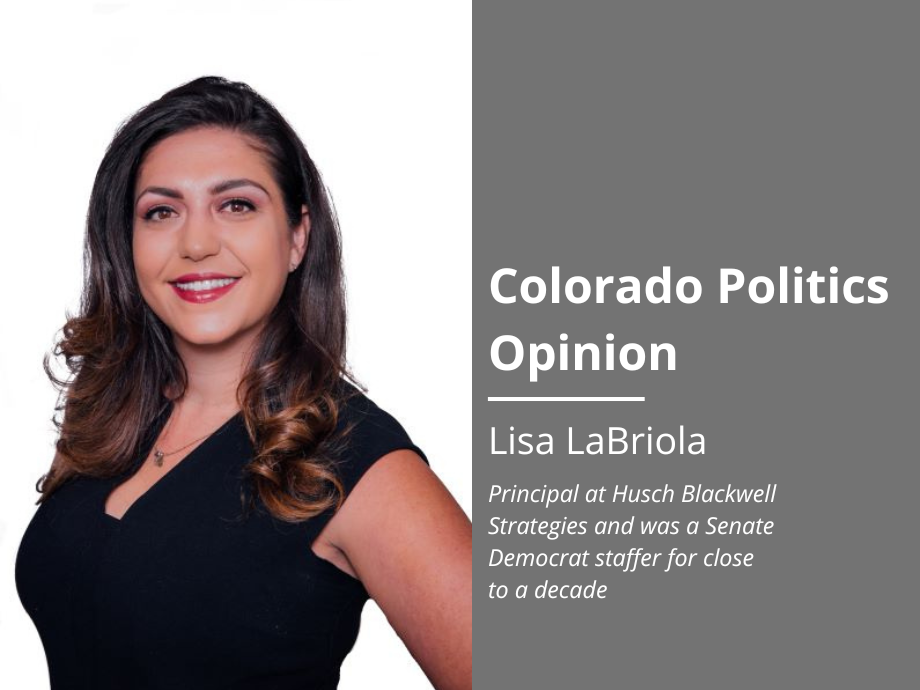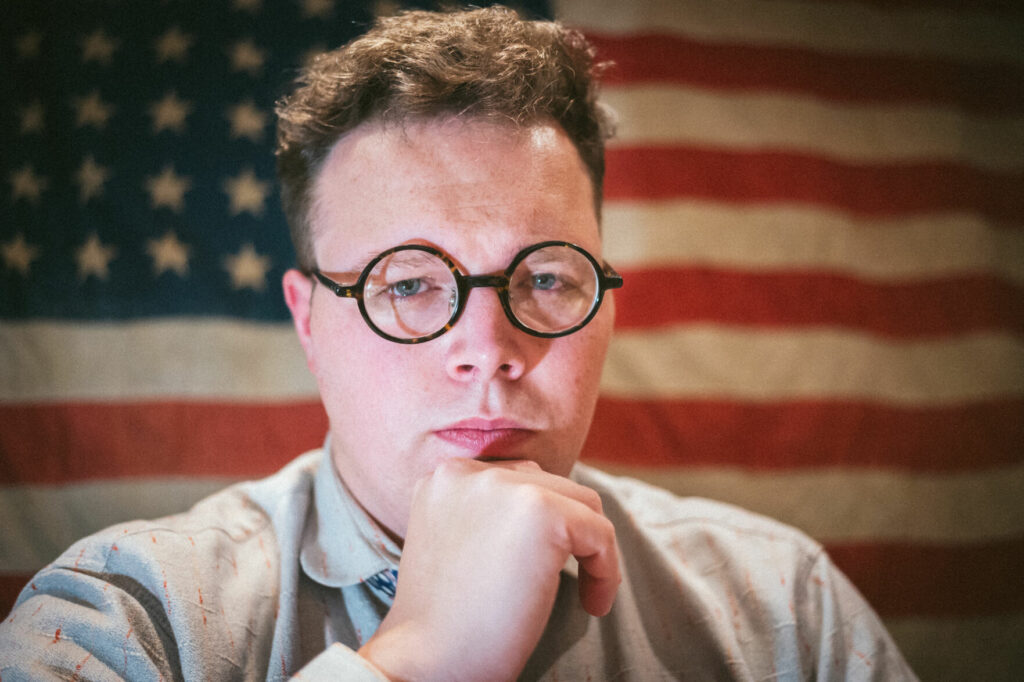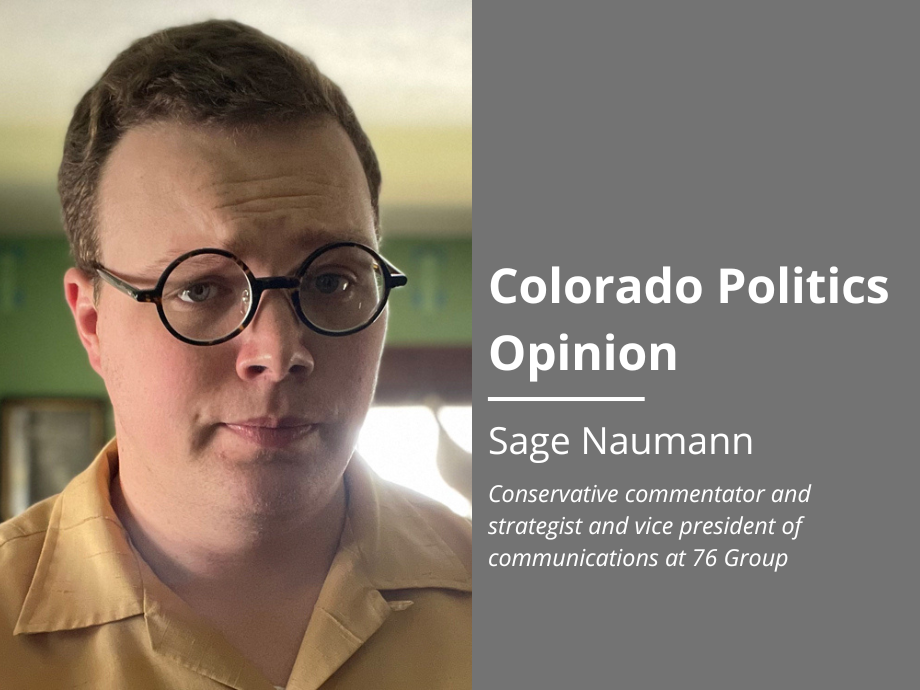Though imperfect, vacancy process better than alternatives | POINT


Colorado is one of a few states that allow for vacancy committees to fill a legislative seat vacated outside of an election period. Twenty-five states fill vacancies with a special election, eight others allow county commissioners to pick replacements. In 11 states, the governor selects interim legislators. The remaining states use vacancy committees or other processes. Although once rarely utilized, this process has become more and more prevalent. In fact, 25% of lawmakers currently in the Colorado General Assembly were appointed through a vacancy process. Because of this, there has been much conversation on the process itself and whether it is antidemocratic.
Though I feel the vacancy process is not ideal, it does beat one of the alternatives: holding a special election.
One of the first challenges to holding a special election is continuity of representation for a particular district in the legislature. For example, if a Colorado legislator steps down from their seat during the legislative session, waiting for a special election could leave that district without representation. Vacancy committees can swiftly fill a vacant position without causing a significant delay. The decision-making process can be expedited, thus ensuring a timelier replacement, and minimizes any gaps in representation without prolonged disruptions in governance.
Stay up to speed: Sign-up for daily opinion in your inbox Monday-Friday
Another challenge created with a special election is the cost. Special elections can be quite expensive because they require additional resources, such as funding for campaigning, printing ballots and managing the logistics of the election process. This can put a strain on the budget of a government or organization. The cost of a single special election here and there doesn’t seem like much of a challenge. However, if we had had to hold special elections for 25% of the General Assembly, it would have been a far greater financial lift – and used dollars that could be spent on other services.
Since when was efficiency the goal of a democracy? | COUNTERPOINT
Let’s break that down. Colorado state representatives represent approximately 88,800 citizens per district. If the cost of a special election is around $6 per voter, that equates to more than $500,000 for each special election. A special election for a state senator would cost even more because each senator represents approximately 144,000 citizens per district. Had Colorado held special elections for all members of the General Assembly that were appointed through the vacancy process, the state would have spent more than $13 million.
Though the current system is not ideal and does allow a smaller number of voters to make the decision, replacing the process with a special election or defaulting to an appointment made by the sitting governor does not seem like a better option. The better option would be to update the current vacancy process to make it more democratic.
Lisa LaBriola is a principal at Husch Blackwell Strategies and was a Senate Democrat staffer for close to a decade. She served as chief of staff to former Senate Minority Leader Lucia Guzman and former Senate President Leroy Garcia. Opinions expressed here are her own and do not reflect the opinions of any other organizations.






